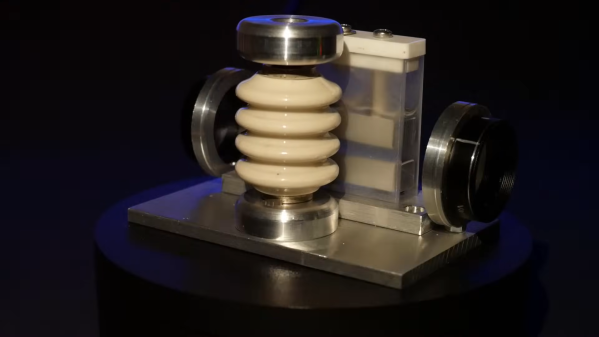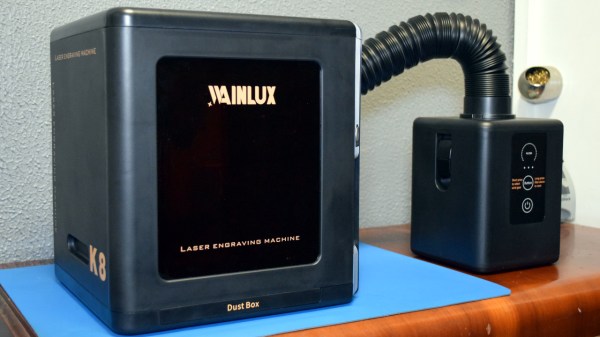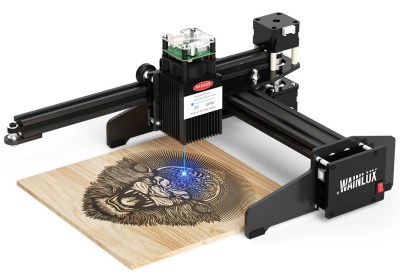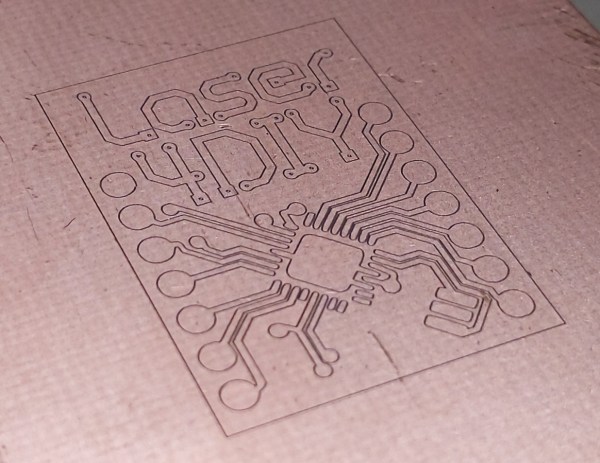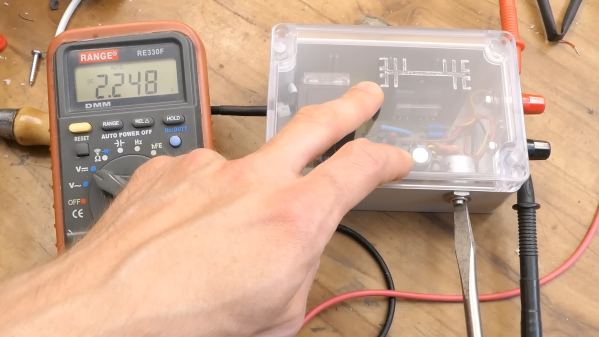Mosquitoes suck. Quite literally. [Allen Pan] lives in an area where they’re so thick in the air, regular methods of killing them fail to put a dent in their numbers. Thus, he set about building a solution so dangerous we wouldn’t want to be within a mile when it’s turned on.
[Allen] was inspired by a TED talk from over a decade ago that involved targeting flying mosquitoes with high-powered scanning lasers. This technology never really came to fruition, and raised many questions about laser safety and effectiveness.
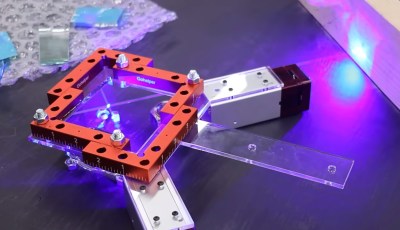
This solution keeps the lasers, but goes a slightly different route — two 10-watt lasers bounced between multiple mirrors to create a laser death grid. It goes without saying that 10 watt lasers will blind you near instantly even at great range, and can burn skin and cause all manner of other horrors. Bouncing them around with mirrors and waving them about at mosquitoes is a really poor idea when even incidental exposure can do real harm.
Indeed, the laser is so powerful that it burns holes in the mirrors [Allen] used in early testing. It was around this time that [styropyro] was brought in to help ensure everyone involved got through the project with their eyesight intact.
[Allen]’s crew wears laser safety goggles when operating the horrifying handheld device, which mitigates some risk. The team also quickly notice beams escaping from various directions, due in part to the holes burned in their clothes. Electing to wrap the device in a heatproof blanket to avoid accidentally dazzling any nearby pilots was an obvious idea but turning the device off and destroying it would have been smarter.
Sadly, despite looking like the coolest cyberpunk weapon we’ve seen in years, the device doesn’t even kill mosquitoes very effectively. The bugs largely avoided the device, and only a few that flew directly into a beam ended up being cooked. The whole time watching the video, we feared someone dropping the rig, leading to a 10-watt beam bouncing off and striking some poor innocent bystander.
Powerful lasers are cool and useful things. Try and use them responsibly.
Continue reading “Mosquito Laser Death Grid Is Just What It Sounds Like”


